Swiss researchers working at the “Swiss MIT” have created a new technique for concrete construction using robotics and metal mesh. Using a robot arm to mold metal into a grid like mesh the Swiss team hope to provide a successful alternative to traditional construction processes. Zurich based group Gramazio Kohler Research began researching the mesh mold technique in 2012. Research is based at ETH Zurich and it last year (2015) Gramazio Kohler started looking at using metal. Work initially began with creating the molds out of plastic. The research is part of the National Center of Competence in Research (NCCR) Digital Fabrication.
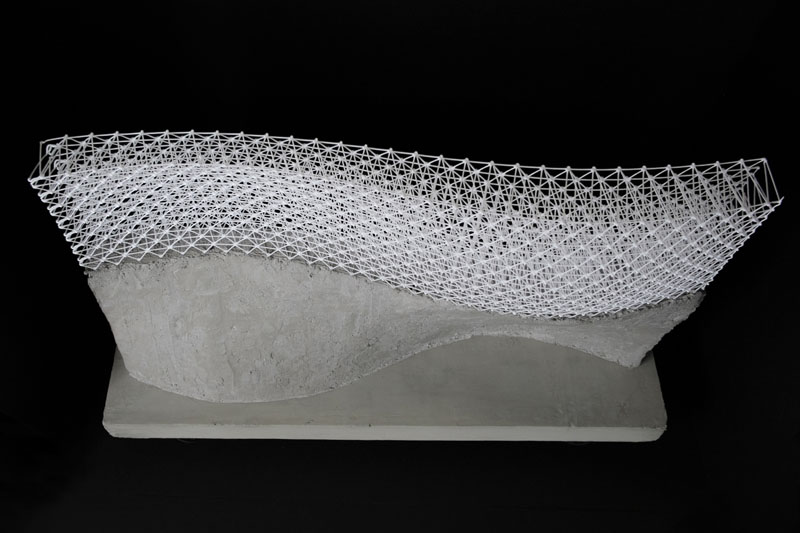
For this venture into metal mesh the group won the Swiss Technology Award 2016. Norman Hack, project leader of the project called, “Mesh Mould” and a PhD researcher in architecture, said:
We are very happy about the award that highlights the great potential of “‘Mesh Mould’”
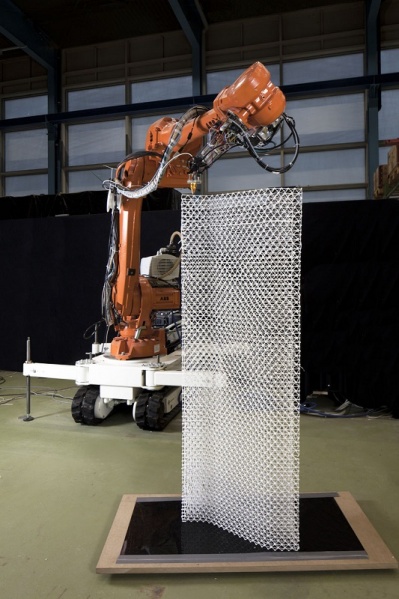
In conventional concrete construction, pictured below, external formwork is required to contain the concrete while it sets in its required shape. Also, metal rods are required inside the poured concrete in order to provide reinforcement. Mesh Mould aims to eradicate the need for external formwork while still providing concrete reinforcement. Furthermore, this technique will enable complex structures to be built out of concrete without the need to create made-to-measure formwork, or complex metal reinforcement rods. This approach may lead to less waste since tailor made formwork cannot be used more than once.
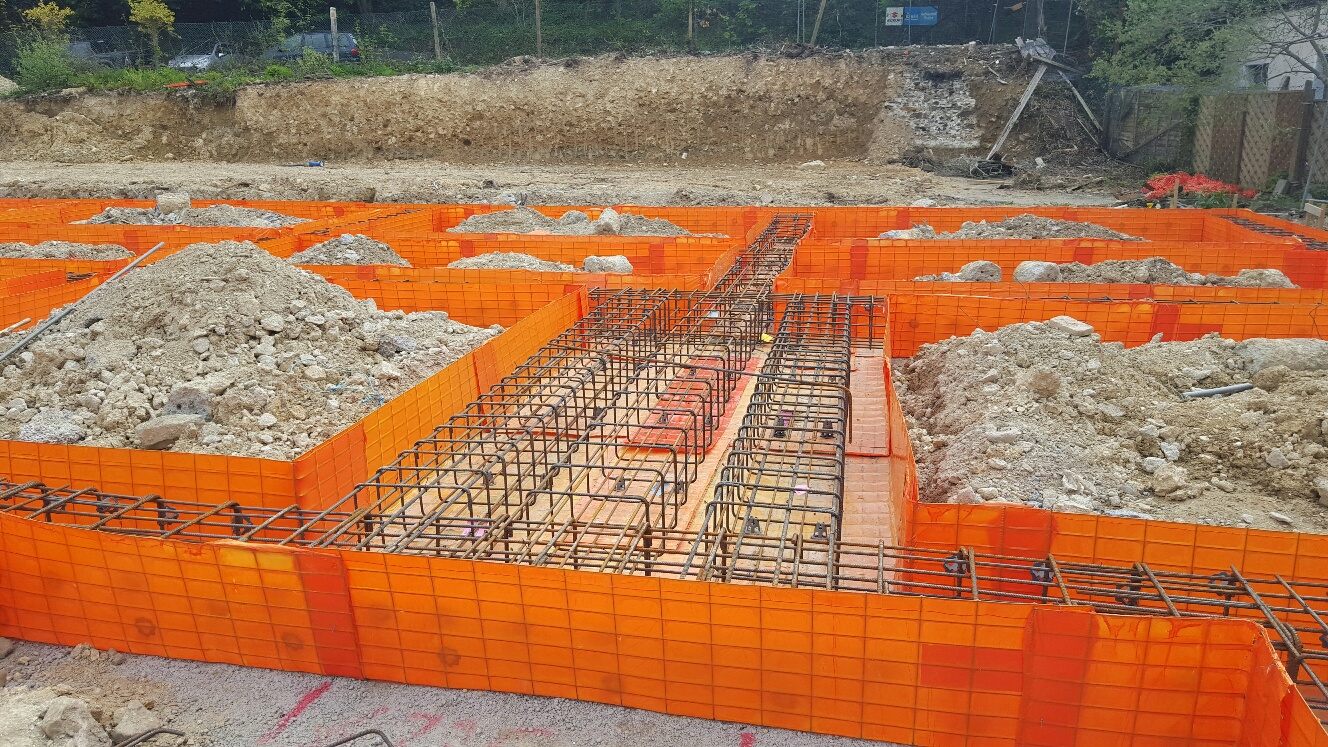
Creating this metal mesh process required multidisciplinary expertise, including architecture, robotics, materials science and structural engineering. According to the patent Mesh Mould use a welding/knitting of metal filament.
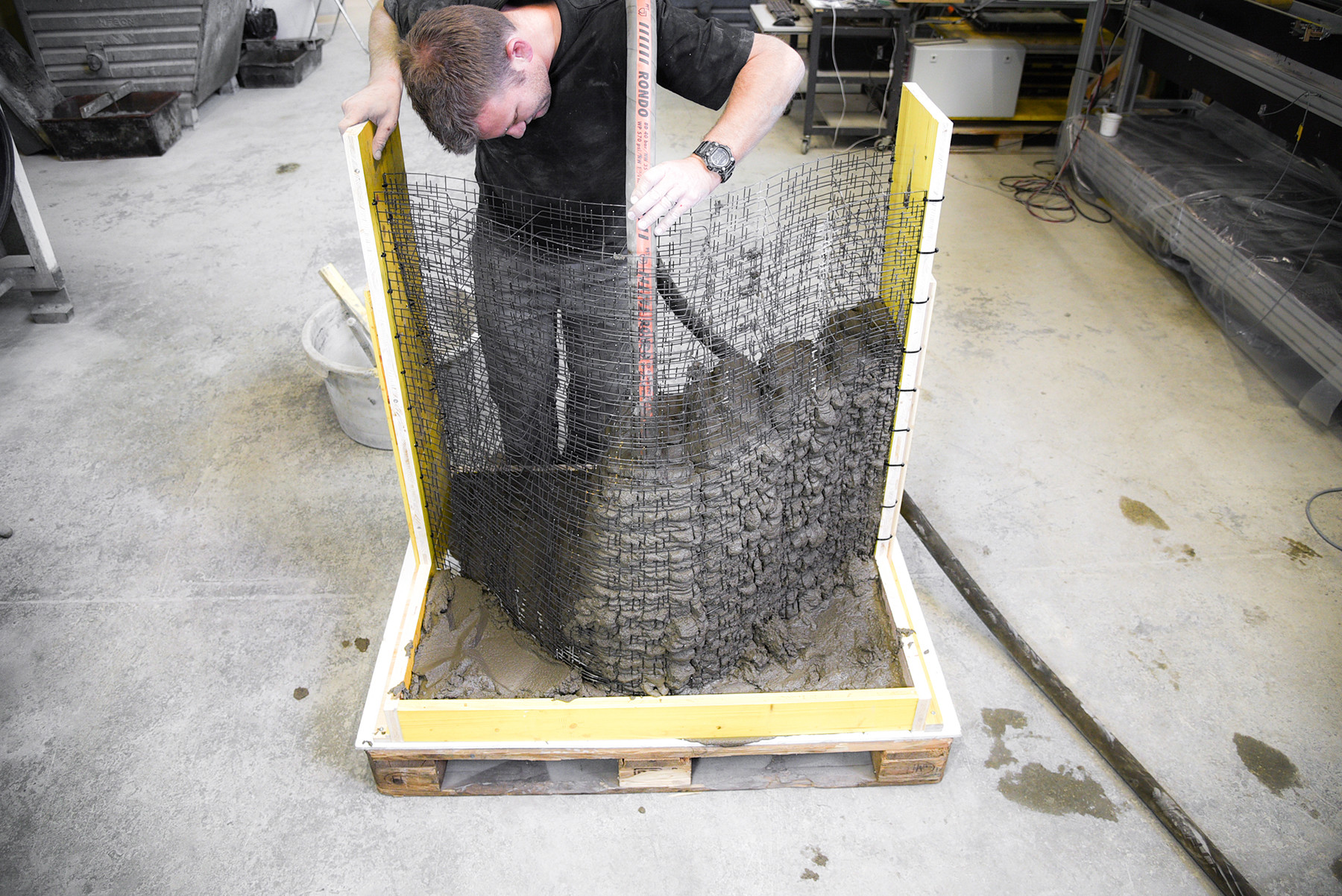
Mesh Mould will be used in construction for the first time in 2017 as part of the NEST building in Dübendorf, Switzerland. This is a modular research and innovation building operated by Empa, the Swiss Federal Laboratories for Materials Science and Technology and metal meshes will be used to construct a wall that will provide a main structural component of the NEST building.
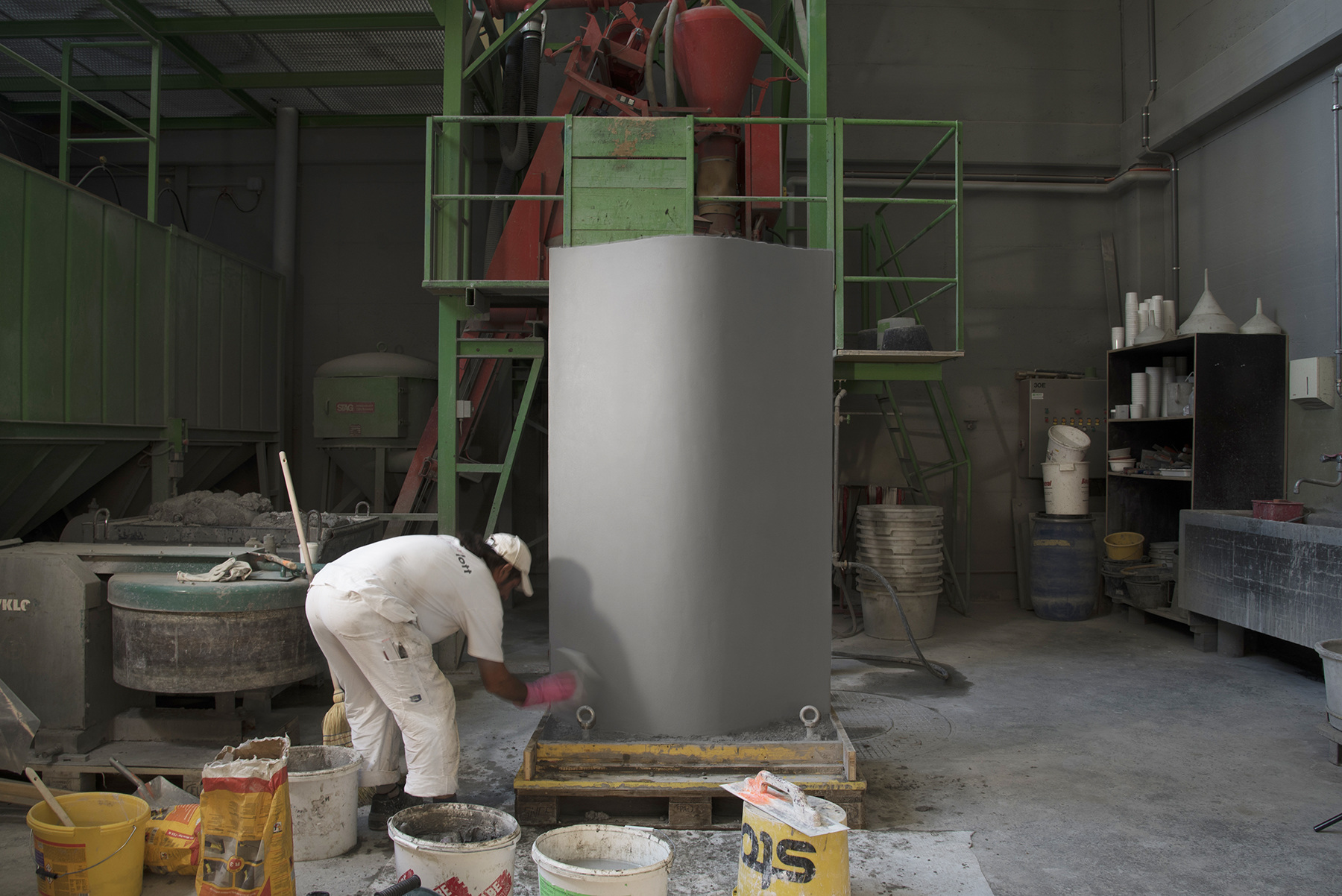
In other construction news, 3DPI recently covered Sunconomy’s plans to use concrete 3D printers to build houses. However, unlike this Swiss creation those houses will be dependent on external structural support. Furthermore, American company Cazza are reportedly developing 3D printing technologies for construction as part of their ambitious plans. With news of this award, the Swiss team Gramazio Kohler are laying a firm foundation for the future of 3D printed construction and we are eager to see the NEST building next year.
Featured image shows the Robotic fabrication process. Image via The National Centre of Competence in Research (NCCR) Digital Fabrication.



